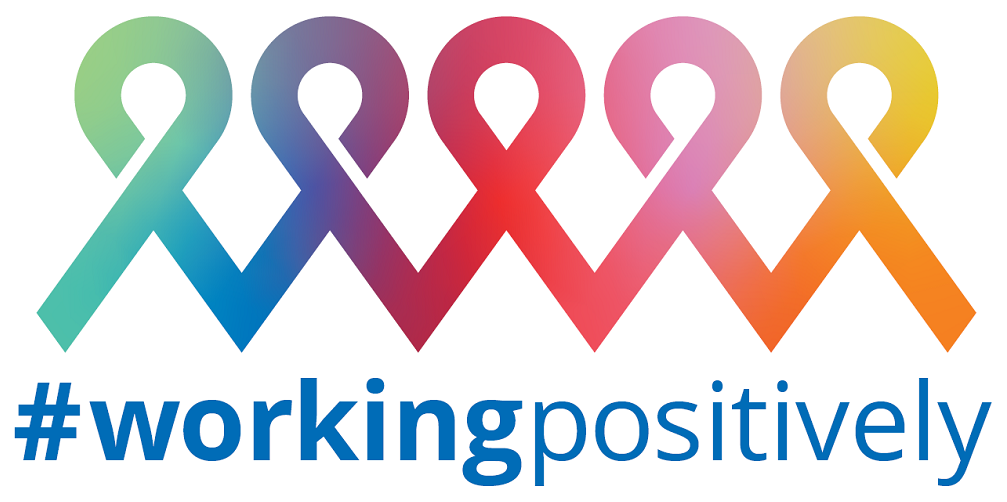Accessibility
Committed to Technology Equality for People with Disabilities
July 26, 2017 | Written by: Dr. Ruoyi Zhou
Categorized: Accessibility
Share this post:
The year 2017 will be remembered as a major milestone in the relationship between technology and equality.
Earlier this year, updates were finally approved to the Section 508 Amendment of the U.S. Rehabilitation Act of 1973 that transformed turn-of-the-century accessibility guidelines for procurement and services of the U.S. federal government to encompass modern challenges and solutions. This new set of requirements provides organizations with a roadmap toward creating inclusive technologies that can benefit all individuals, including people with disabilities.
In anticipation of these new changes, IBM has already published a unified accessibility checklist and techniques in the public domain covering software, documentation and web content. We are one of the first to combine guidance for the Revised 508 Standards with the EN 301 549 standard in Europe, and the Web Content Accessibility Guidelines 2.0. The new checklist complements other IBM tools and open source that build on accessibility standards, such as the Dynamic Assessment Plug-In and the Verified Accessibility Samples (Va11yS).
As today marks the 27th anniversary of the Americans with Disabilities Act, it is important to reflect upon the evolving role technology plays in creating a more inclusive workplace and society. It’s a reminder of how far we’ve come, but also how much work is left to do. We must continue pushing technology to eliminate barriers so everyone can achieve their full potential at work and through life.
Our mission to is to enable our products and services to be accessible and develop new assistive technologies to help people of all abilities navigate the physical and online worlds.
With technology emerging at an unprecedented pace we have an opportunity to leverage artificial intelligence, mobile, and the Internet of things (IoT) to supplement or enhance our human abilities in ways not possible before.
This is why IBM has always been at the forefront of establishing accessibility standards as they play a critical role in ensuring the interoperability of new technology and the acceleration of innovation upon a common foundation.
Additionally, IBM is pushing the boundaries of accessibility with new cognitive technologies. Our team in Japan has created a cognitive mobile voice navigation application that guides people with disabilities with an accessible route to their intended destination. It has been experimented and demonstrated in an underground pedestrian walkway and shopping center of Nihonbashi-Muromachi, a popular downtown district in Tokyo, Japan.
In our Almaden Research Center, we are working with U.C. Santa Cruz and the Santa Clara Valley Transportation Authority to leverage cognitive technology to develop accessible public transit services so passengers have more confidence in boarding the correct train or bus. And, to help students with learning disabilities, we developed Content Clarifier, which simplifies, summarizes, and augments content into a simplified form so people can consume and comprehend the most important concepts.
Finally, aging is a key priority. No other group faces more obstacles than the senior demographic – from acquiring disabilities associated with age to the loss of independence, and ability to stay connected with friends and family. The complexity, scale, and impact of aging motivates us to tackle one of the most challenging problems across the globe.
To tackle this challenge, we have launched a Cognitive Eldercare initiative to transform the way seniors age in place. IBM is working with clients, such as Avamere and Sole Cooperativa, to develop cognitive IoT solutions where we use sensor data to monitor the daily activities and general health of our growing aging population to provide insights to improve care quality and operational efficiency.
On this important anniversary, we all need to re-commit to global inclusion and do our part to make “access for all” a true reality.

Director of Accessibility Research, IBM
Making the workplace safe for employees living with HIV
The recent promising news about Covid-19 vaccines is in sharp contrast to the absence of a vaccine for HIV, despite decades of research. Unlike Covid-19 with a single viral isolate that shows minimal diversity, HIV circulates in a wide range of strains that so far have proven impervious to a single vaccine. Fortunately, more people […]
Call for Code for Racial Justice Needs You: Join the Movement
IBM has never avoided taking on big challenges. At IBM, we are privileged to drive impact at scale. We take on challenges that transform our clients, impact people’s lives and innovate for future generations as we strive to effect systematic societal change. Over the course of our 109-year history, the evidence has become clear that […]
A New Wave: Transforming Our Understanding of Ocean Health
Humans have been plying the seas throughout history. But it wasn’t until the late 19th century that we began to truly study the ocean itself. An expedition in 1872 to 1876, by the Challenger, a converted Royal Navy gunship, traveled nearly 70,000 nautical miles and catalogued over 4,000 previously unknown species, building the foundations for modern […]


